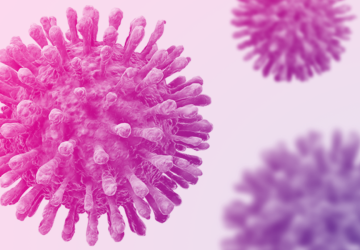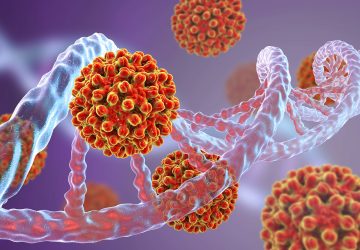SOS team members recently attended the annual expo for the American Association of Clinical Chemistry. Here are their favorite trends and take-always (in no particular order) from the forefronts of clinical chemistry:
- Retail health clinics– There are currently ~ 1000 “store-front” clinics and will increase 4-fold in the next few years. A main driver is customer demand for higher access and flexible scheduling and correlates with increased focus on patient-centered care.
- miRNA– Definitely cannot call introns “junk DNA” anymore. miRNA is highly conserved across mammalian species and is expected to be important as diagnostic biomarkers for a wide range of diseases. Circulating miRNA in blood – whether as whole blood, plasma, serum or exosomes – is a key source for clinical diagnostics.
Non-coding RNA – John Mattick gave a very interesting talk about the important role of non-coding RNA & DNA in human cognitive evolution. Very much not junk DNA anymore.
- Newborn screening (NBS)– 350 metabolic disorders that affect ~ 1% of newborns are known and many can be detected by screening using a heel stick and dried blood spots on filter paper. 30-40 tests from a few drops of blood are routinely performed by LC-MS/MS and have saved many lives over the last few decades.
- Oral fluids – Due to ease of sample collection, more and more tests are being performed from saliva. The pH is typically lower (pH 5.5 – 7.9) and so basic drugs/analytes show higher concentrations and usually in the parent form with few metabolites. Contamination from residual oral drugs and smoking can occur. Cocaine and other stimulants cause dry mouth and this reduced saliva can cause difficulty in getting sufficient sample volume.
- Cell phones – 7 billion cell phones exist with estimated access to 96% of the world. Much interest in using this capacity for increasing access to doctors and diagnostic test results.
- LC-MS/MS – Riding on the success for NBS tests and pharma research, LC-MS/MS use for clinical testing is increasing rapidly. Focus is on streamlining work flow and methods for robust use in clinical labs, especially smaller labs and for point of care (POC). Getting regulatory clearance is challenging. One group reported that they “locked down” a LC-MS/MS instrument so that only one assay could be run; a very expensive solution for regulatory approval (LC-MS/MS system costs >$200,000).
- Dried blood spot (DBS) – Also driven by NBS successes, DBS sample collection is attractive for low-resource and remote locations – including collection from home. DBS is being used for pediatric clinical trials due to low sample volume requirements.
- Laboratories in developing countries – Setting up and running labs in low resource areas continues to be difficult for many reasons including irregular electricity, lack of specific reagents for instruments and the need for sick patients to travel long distances. Additionally patients often don’t wait around for test results, even for as little as 2 hours.
- AND lastly,Molecular and Lateral Flow –It had been several years since we last attended AACC and it was so exciting yet a little exhausting and overwhelming to see the huge advancements in MDx. I mean, WOW, a real time Palm PCR, a high-speed PCR system delivering results in less than 30 minutes?
The beauty of the AACC meeting is that you can see it ALL – current, future and even trends beyond clinical chemistry. Can’t wait for next year!



